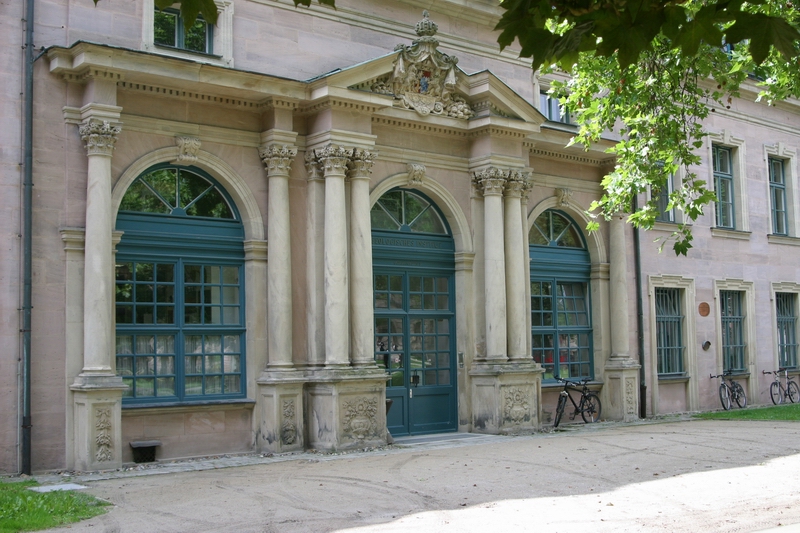Geokolloquium: Montag 02.03.2020
Titel:
The Koloula Igneous Complex, Solomon Islands
Vortragender: Prof. Allan Chivas
University of Wollongong
The Pleistocene Koloula Igneous Complex is located on the island of Guadalcanal within the island arc of the Solomon Islands. It consists of a low-K calc-alkaline sequence of about 30 intrusive phases divided temporally into two cycles. The older (cycle 1) is about 2.5 Ma, whereas the younger (Cycle 2) igneous activity spans the interval from 1.7 to 1.4 Ma and contains sub-economic porphyry copper mineralisation in two geographic centres (A and B). The mineralisation can be described as initially high temperature (to 700°C) although progressively drowned in sea water, as indicated by several lines of evidence (topographic, fluid inclusion pressures, and oxygen isotopes). The principal rock types include olivine pyroxenite, gabbro, diorite, quartz diorite, tonalite, aplite and trondhjemite, and several generations of andesitic dykes, all with uniformly low initial strontium isotope values (0.7037) and a δ18O whole-rock progression from +5.4 to +7.2 per mil VSMOW during differentiation. The degree of magmatic oxidation is greater and progressive for mineralising intrusions and lower in unmineralized rock types, and there are significant differences in copper and chlorine contents.

